Radioactive waste repository
Modeling eternity in the rock laboratory
Cement is one of the key materials for the safe storage of radioactive waste. What is needed is an almost infinite durability of the containers. Empa researchers are therefore analyzing material systems that can handle this task.
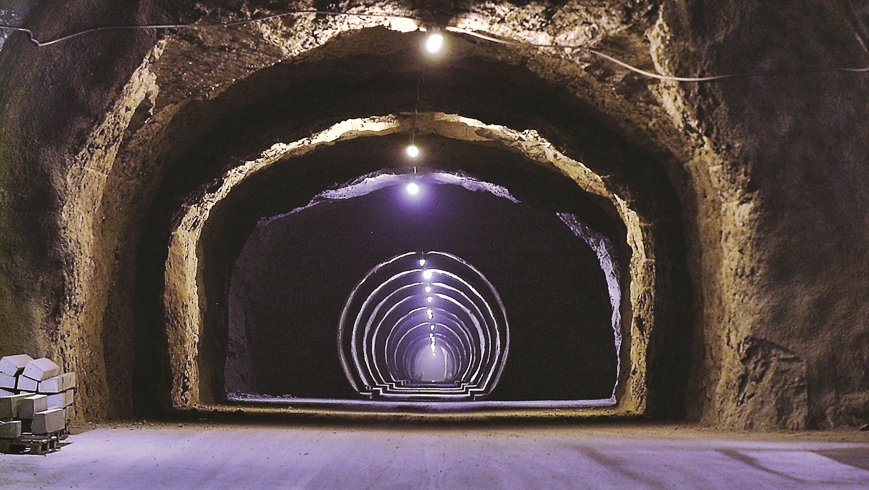
When Barbara Lothenbach pushes ahead with her research projects, she knows that she will not live to see the final result: What she is working on should last between 100,000 and one million years. The researcher from Empa's "Concrete & Asphalt" laboratory is investigating cement-based materials, which are suitable for the disposal of radioactive waste.
According to the Nuclear Energy Act, deep geological repositories in Switzerland are to receive low-, medium- and high-level nuclear waste in the future. For this purpose, stable rock layers must be available to enclose the waste containers. Since materials scientists know, however, that no material is unchangeable, a rock formation must be selected that is geologically as stable and dense as possible – over thousands of years. The 180 million-year-old Opalinus Clay, which extends in Switzerland between Olten and Schaffhausen at a depth of 600 meters, for example, has proven to be a suitable host rock. Since it has a low water conductivity, it has excellent insulating properties.
Rock solid sealed in the mountain
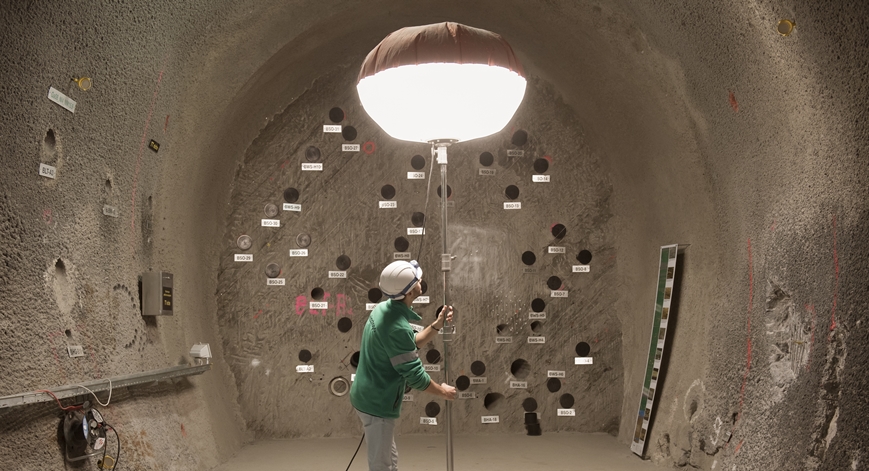
But how do the crystalline structures and clay minerals of Opalinus Clay react with cement-based safety barriers when the gnawing ravages of time lead to changes? The National Cooperative for the Disposal of Radioactive Waste (Nagra) requires data on this issue so that a final repository for nuclear waste can be embedded rock-solid in the Earth with regard to environmental protection and safety.
Barbara Lothenbach and her team carry out the required analyses by conducting experiments under realistic conditions at the Mont Terri Rock Laboratory in St. Ursanne, which was constructed in an Opalinus Clay layer. Together with international partners and research groups from Switzerland, such as the University of Bern and the Paul Scherrer Institute (PSI), reactions of cement-based materials and the surrounding Opalinus Clay are simulated. The researchers are investigating and modeling the long-term development of the boundary layers between the very different material systems in experimental approaches lasting several years at different temperatures between 20 and 70 degrees Celsius.
Comeback of an established acquaintance
Of particular importance here is the strongly alkaline pH of cement, which in conventional Portland cement can be as high as pH 13.5 or even higher. To ensure that the alkaline environment does not attack the clay minerals in the surrounding area, a new development, the so-called "low-alkali" cement, seemed to be a good candidate for durable, cement-based protective barriers. With a pH of 12.2 or lower, it has an alkali concentration that is more than ten times lower. Lothenbach and her team therefore compared cement types with different pH values using thermodynamic modeling and X-ray diffraction analysis. This is the first time long-term results are available that allow the cement types and their evolution in the mountain to be characterized. It turned out that low-alkali cement is indeed more gentle on the clay minerals. However, when conventional Portland cement is used, chemical compounds are formed over time that lead to similarly favorable conditions in the safety barrier. "As a result, the cheaper and well-established Portland cement has once again become the focus of interest," says Lothenbach.
Intricate radioactivity
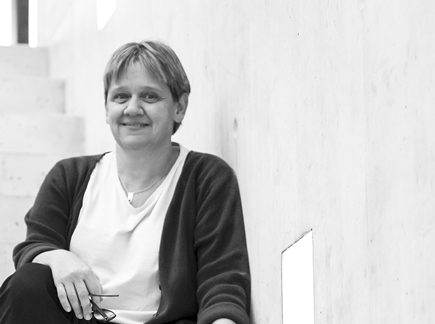
Moreover, if cement-based materials are to prevent radioactive substances from escaping into the environment, under no circumstances must the reaction between the nuclear waste and the cement impair the safety barriers of the storage facility. Empa researchers have thus investigated radioactive isotopes present in the radioactive waste, such as those of the element selenium, in adsorption studies. The results show that selenium compounds are absorbed by the cement in large quantities. "A protective barrier made of concrete delays the release of radioactivity into the biosphere, since the cement minerals bind the radioactive substances and thus stop their spread," concludes Lothenbach.
However, not all the processes taking place in the complex interplay of the materials that come into contact with each other can be evaluated so easily, the researcher points out. She was hoping that the development of new low-alkali cements would offer advantages for the durability of the safety barriers. However, the researchers discovered drawbacks in other properties: Combining thermodynamic modeling and experimental data, Lothenbach's team could see that such types of cement bind substances like radioactive iodide less well.
The Mont Terri project
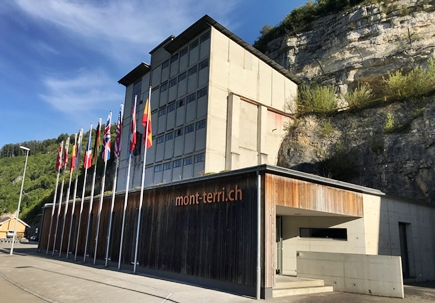
Eleven nations with various universities and research institutes are involved in the international research program at the Mont Terri Rock Laboratory, including Empa. The underground rock laboratory is located in an Opalinus Clay layer at a depth of 300 meters in Mont Terri near St. Ursanne (JU). The laboratory is operated by the Federal Office of Topography (swisstopo), and the project partners are funding the research programs. Rock formations that could play a role in the storage of radioactive waste have been investigated here since 1996.
Hazardous corrosion
An insulation layer is desirable, which is as waterproof as possible but not gas-tight. In a deep geological repository, gases can be produced, for example, by corrosion of the enclosed steel containers, whereby iron hydroxide is formed and hydrogen is released. Such gases, which are produced in small quantities over time, must be able to escape in order to prevent excess pressure from developing. In order to trace long-term reactions in the corrosion of iron at the boundary to the cement material, the researchers carried out investigations using chemical analyses and spectroscopy. Initial results show that Portland cement with its high pH is more effective than low-alkali cement. More experiments are now planned to shed light on these still little-known corrosion processes.
In addition, Lothenbach's team has characterized the phases in the interaction zone of cement and Opalinus Clay that result from the interaction of clay minerals with the cement's constituents, such as a magnesium silicate phase. It has not yet been conclusively clarified that such intermediate layers are formed and could contribute to sealing the protective layer. Lothenbach is convinced that findings of this kind can contribute to the development of new material systems that are of interest to the entire construction industry. For despite the good material properties of Portland cement, there is an increasing search for alternatives that are more environmentally friendly and help save natural resources, which could also be used for applications other than in a deep geological repository.
srf News: Suche nach Atommülldeponie: Nagra hat drei Standorte im Visier, 3 November 2020 (in German)
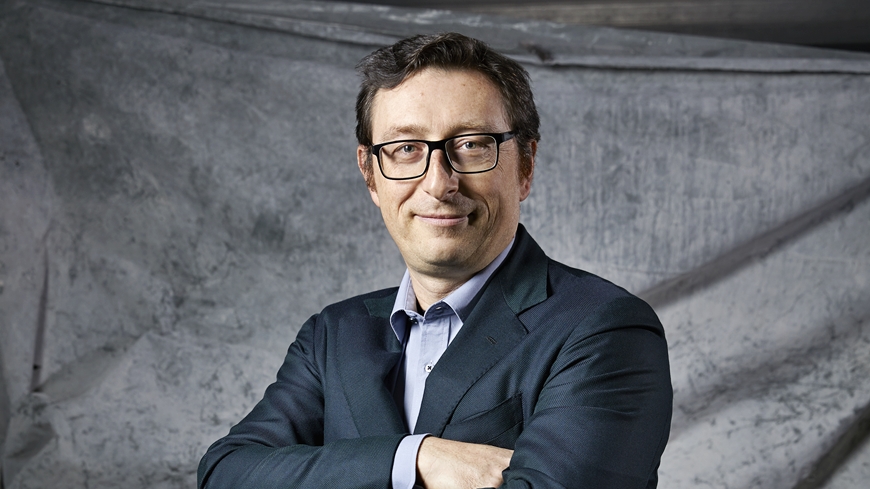
Portrait: Pietro Lura
Player in a rough field
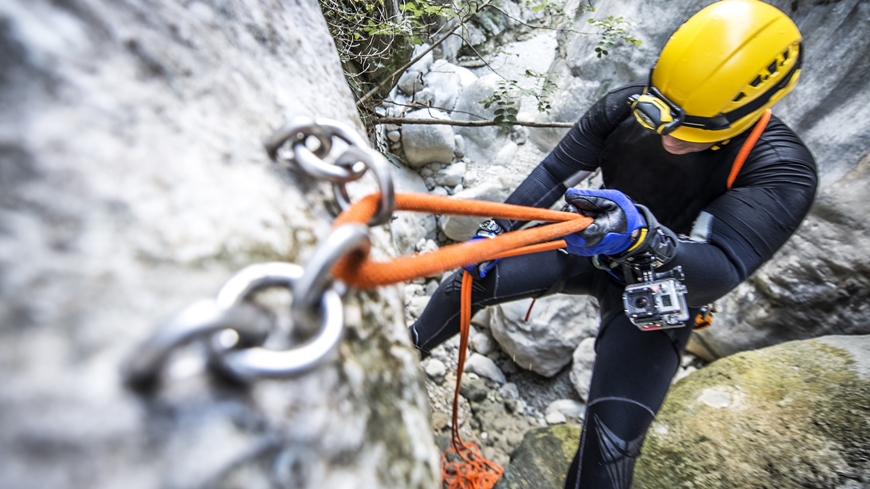
When damaged ropes change color
Hanging by a colored thread
High-performance fibres that have been exposed to high temperatures usually lose their mechanical properties undetected and, in the worst case, can tear precisely when lives depend on them. For example, safety ropes used by fire brigades or suspension ropes for heavy loads on construction sites. Empa researchers have now developed a coating that changes color when exposed to high temperatures through friction or fire. More. (Image: iStock)
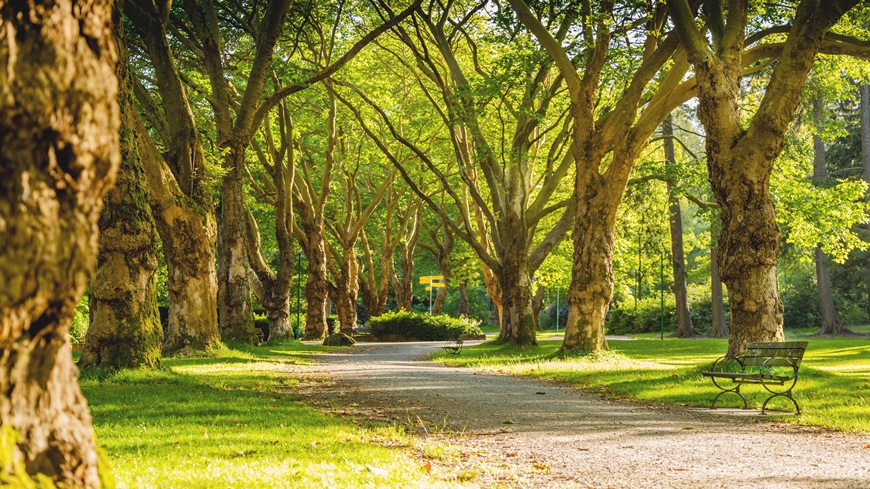
Noise reduction
A green earplug
Cars, trains, planes: For two thirds of the European population, traffic noise is part of everyday life. However, the right environment can have a major impact on this nuisance, as Empa researchers have found out. Green spaces in urban areas help to make road and railroad noise less of a nuisance. Only in the case of aircraft noise does this seem counterproductive: the greener the surroundings, the more disturbing the aircraft noise. More. (Image: Unsplash)






